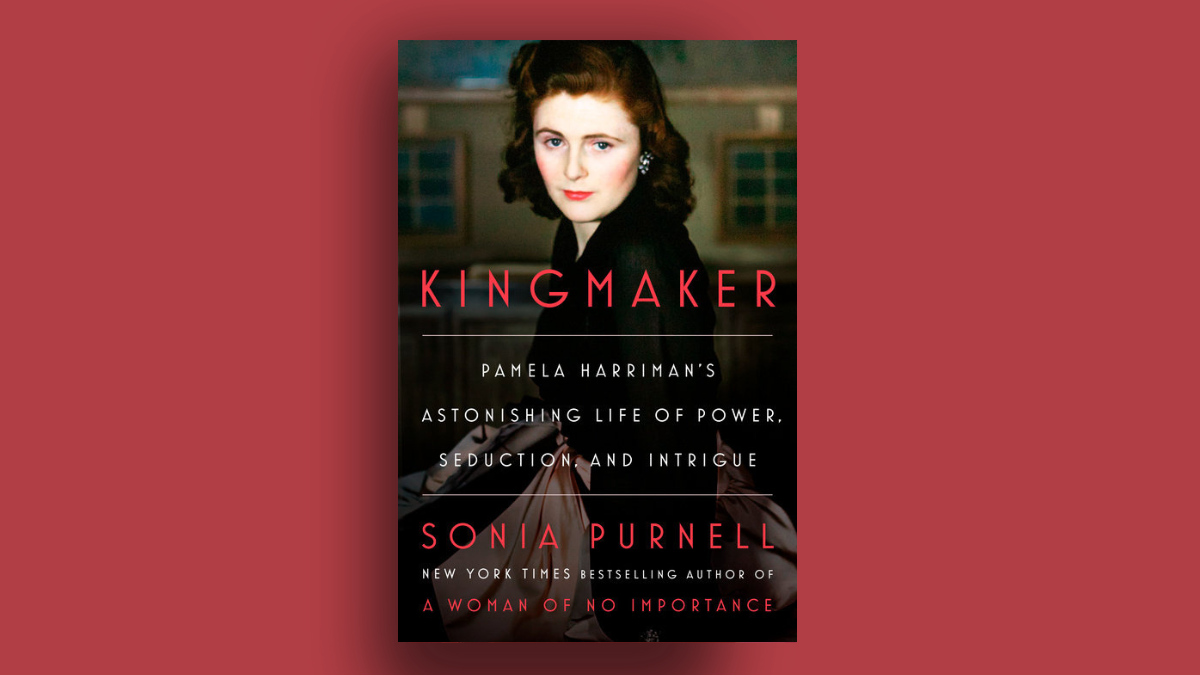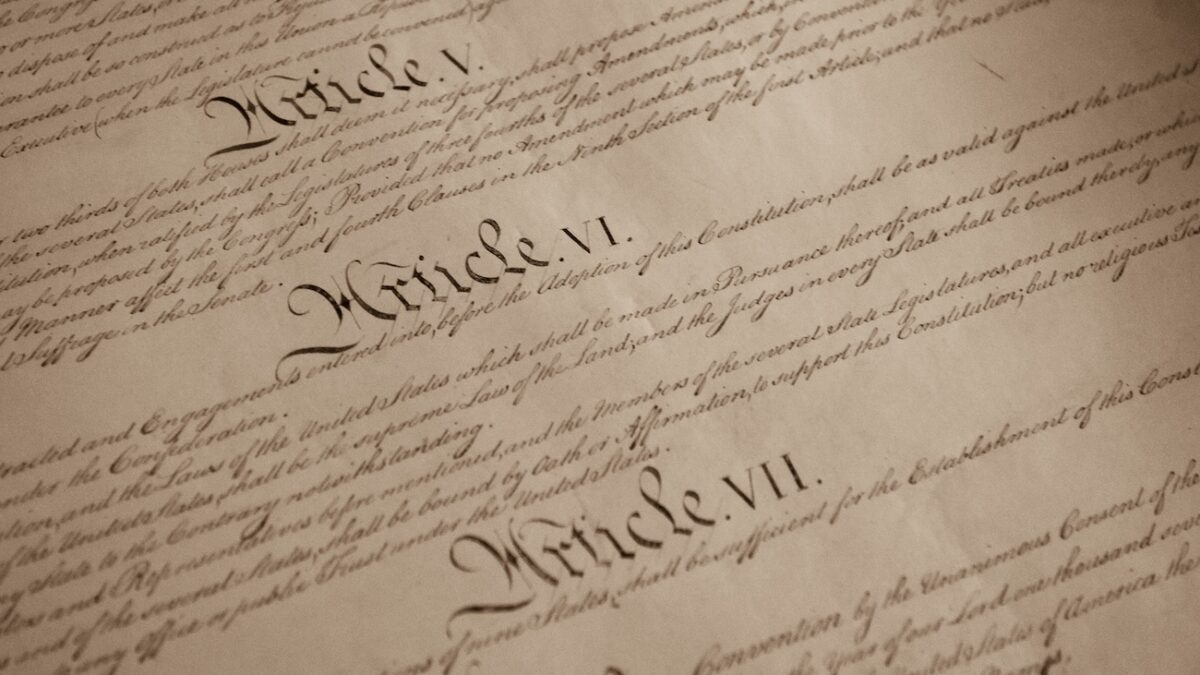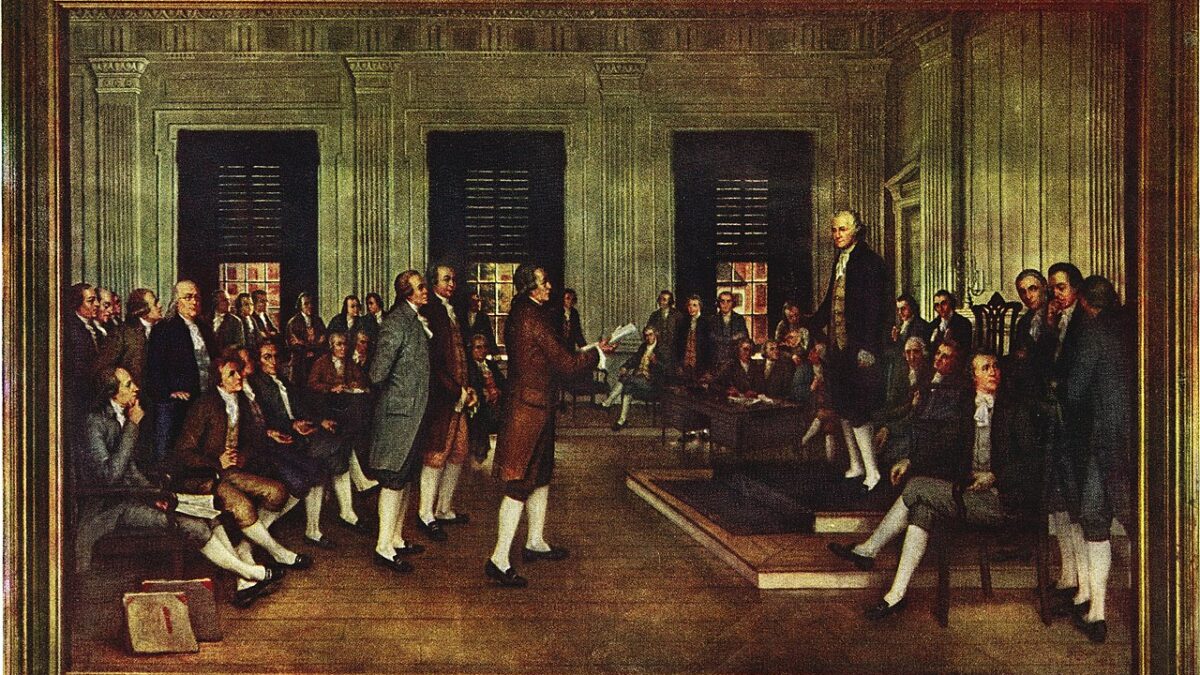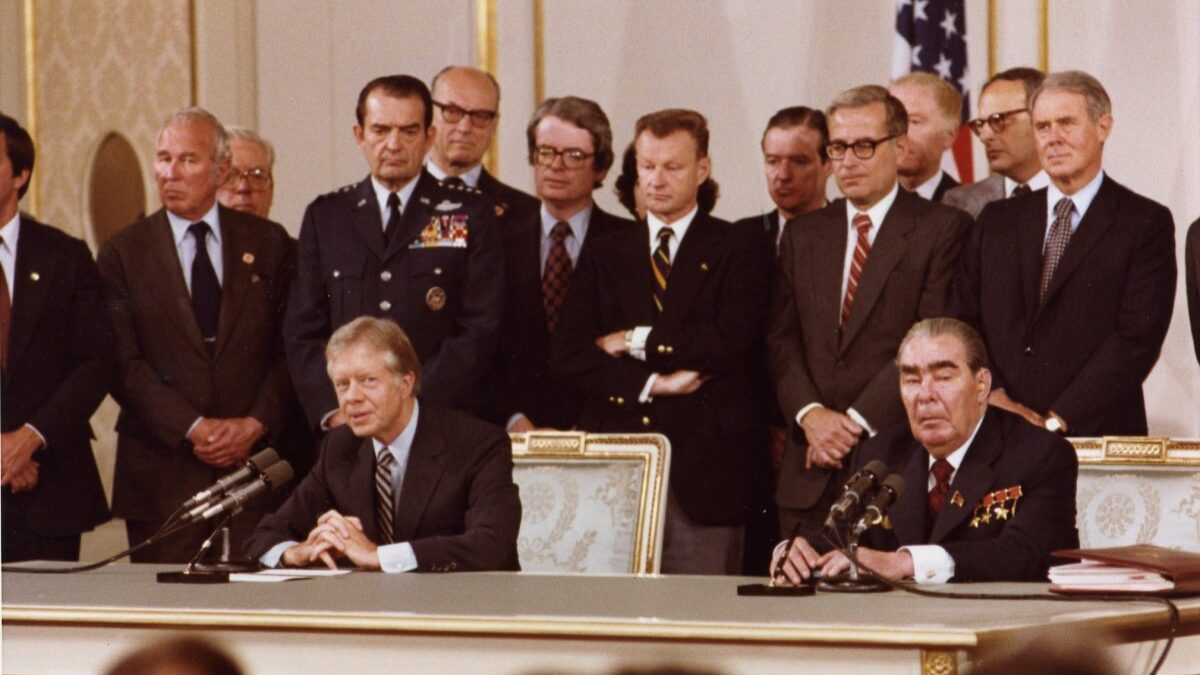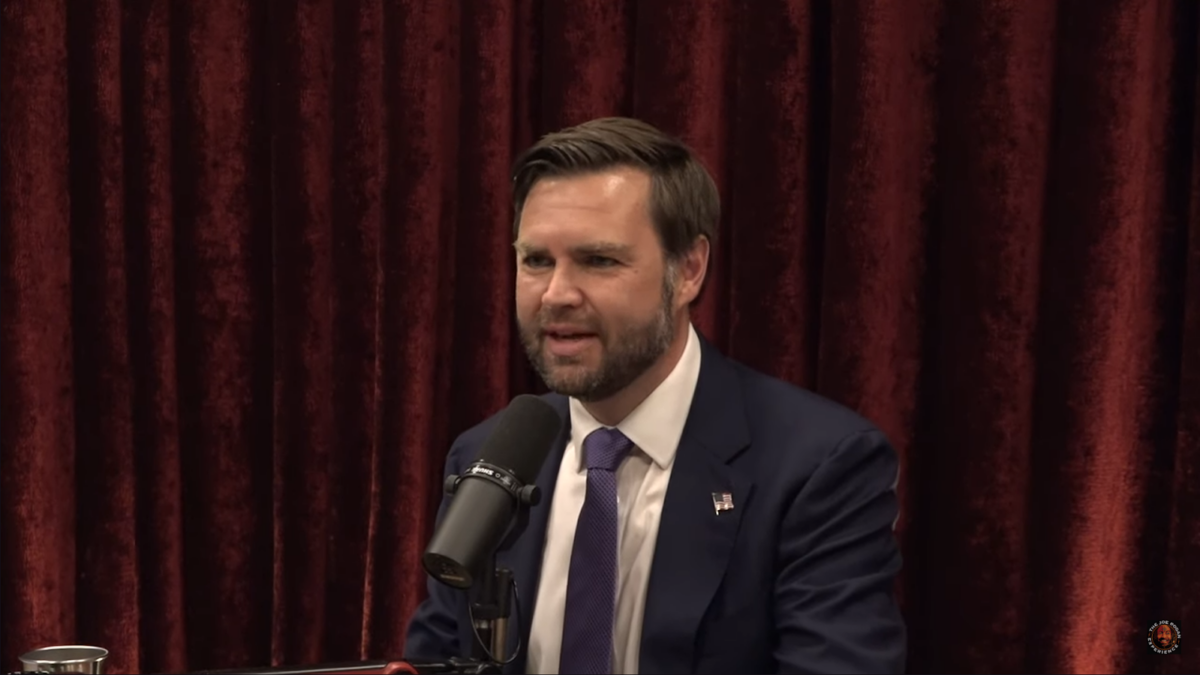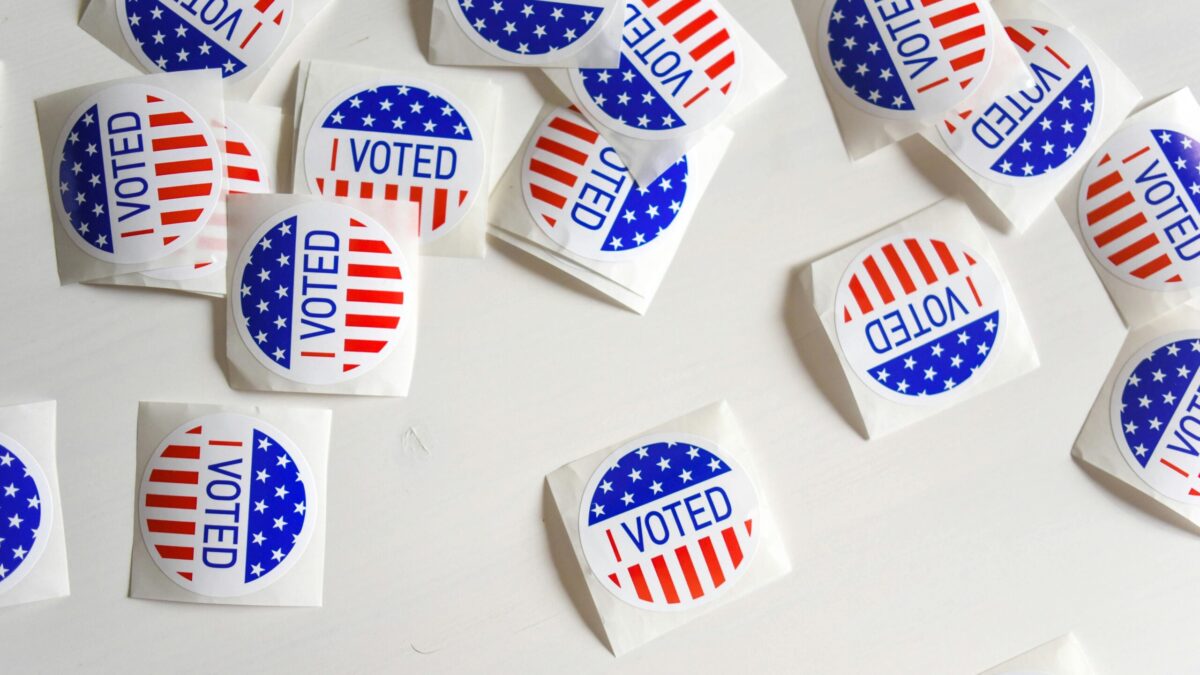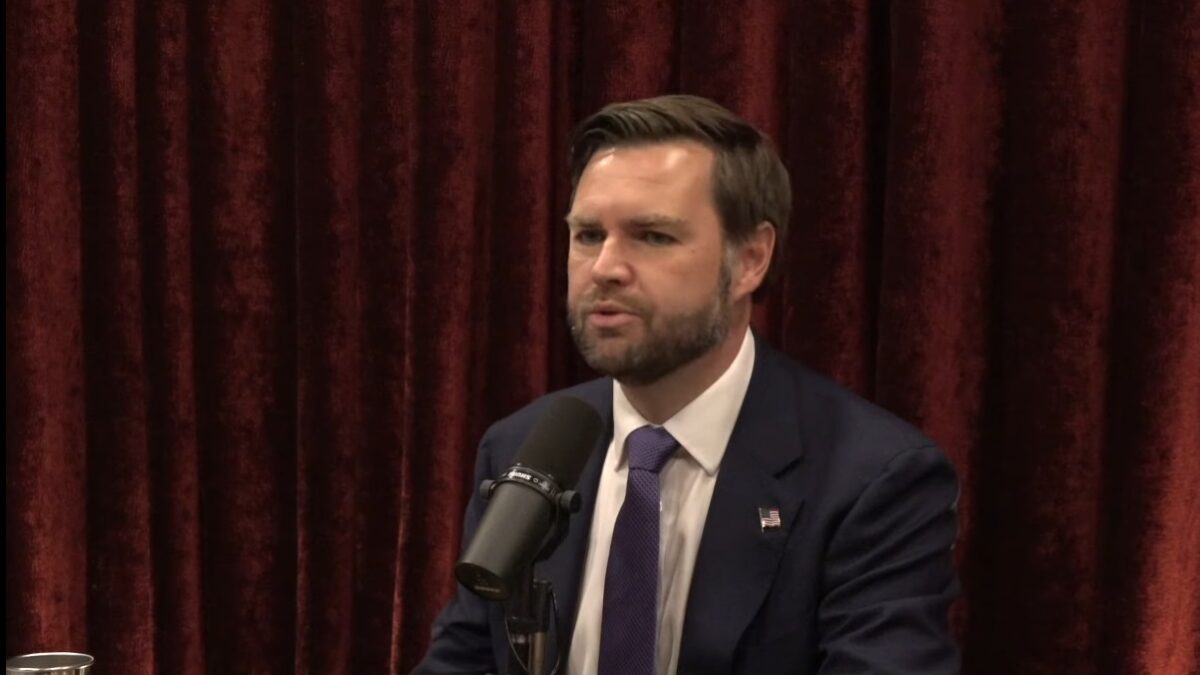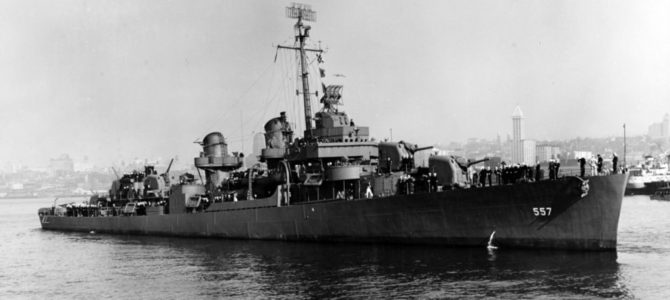
The USS Johnston was commissioned into full service in the fall of 1943, having launched from the Seattle shipyards earlier that winter. Affectionately nicknamed “Big Chief,” her commanding officer, a Cherokee and Creek American Indian named Ernest Evans, was clear with his crew, quoting the American Revolutionary War hero John Paul Jones when he told his men, “This is going to be a fighting ship. I intend to go in harm’s way, and anyone who doesn’t want to go along had better get off right now.” The following winter, the destroyer steamed for the Marshall Islands, and from there, into history.
Evans led his men bravely, earning their respect and admiration he would prove more than fit for when, in the Battle of the Philippines, he and 185 of his sailors and officers went to their deaths in the dark Pacific deep, defending the American invasion force and carriers from a massive Japanese fleet that had them outmanned, outgunned, and out-armored.
The Japanese had tricked the Americans, sending out a nearly empty decoy fleet that caught U.S. attention, with Admiral William Halsey Jr. taking the large American Third Fleet in full pursuit and leaving just a small force behind, including the Johnston and two other destroyers. When Japanese Vice Admiral Takeo Kurita’s powerful Center Force pulled into range, it was far too late to hope for help.
The Center Force was impressive. Led by the most heavily armed ship on the seas, the super battleship Yamato, it included another super battleship, two other battleships, 11 destroyers, six heavy cruisers, and two light cruisers. Each armed with only 10 torpedoes capable of inflicting damage on that kind of armor, Evans and the other captains led a desperate charge in defense of the unprotected carriers and men to their rear.
When Evans’s gunnery sergeant, the 25-year-old Robert Hagen, spotted what one scouting American pilot had called “the biggest battleship I ever saw,” he said a prayer and looked up to his captain above. “Please, sir,” he said, “let’s not go down before we fire our damn torpedoes.”
As the enemy closed to within their range, the destroyers and smaller ships of the Taffy 3 went in, exchanging fire within 5,000 yards of their foes. As the deadly Japanese shells loaded with different colored dyes landed around them, colorful explosions filled the surreal and rainy skies.
At 7 a.m., the Taffy 3 headed in at full speed, strafing, fighting, and torpedoing their way through the Japanese force while American airplanes made run after run, dropping their depth charges, emptying their guns, and continuing even after they were completely out of ammunition. One pilot reportedly opened fire from a cockpit with his 9mm pistol, determined to cause as much confusion and damage as he could muster.
When forced from the bridge by fires and explosions, Evans charged to the stern of his ship, yelling orders down to his men the old-fashioned way and keeping the fight going. Two 18-inch shells from the Yamato eventually caught the Johnston, significantly slowing the speed she’d employed to keep one shot ahead of the foe.
“Undeterred,” the National WWII Museum recounts, “Captain Evans ordered his small ship back into the fray and for a period of over 60 minutes, engaged at least eight enemy ships before his destroyer was fatally struck by enemy gunfire.”
Dead in the water, the Imperial Navy surrounded her, pummeling the ship faster than her crew could repair her and forcing the grievously wounded captain to give the dreaded order to abandon ship. As the crew headed into the sea and the Johnston went down, survivors remember the captain of the passing Japanese destroyer saluting the brave Americans.
His men saw Evans and two other officers clinging to wreckage in their lifejackets. All three had served aboard their ship since she was commissioned, but none were pulled to safety in time.
While the small American forces were eventually defeated, their stand had caused confusion among the Japanese, who withdrew despite their win, believing such a mad attack could only mean the Third Fleet was right behind them. For his actions, Evans was posthumously awarded the Medal of Honor — the first American Indian in U.S. Naval history to be so honored, and one of only two destroyer captains to receive the medal in the Second World War.
“The most inspirational leadership and actions of our Captain,” wrote Hagen subsequently, “inspired heroic deeds from the entire crew.”
Nearly 1,600 Americans would lay down their lives that day, marking one of the bloodiest naval engagements of the Pacific. The honored dead of the Johntson lay undiscovered for nearly three-quarters of a century before deep sea explorer Victor Vescovo, a retired Navy officer, discovered a wreck in October 2019 — 74 years to the month after the storied engagement.
Two years later, Vescovo and his company, Caladan Oceanic, were able to positively identify the ship they had discovered as the storied USS Johntson, laying more than 20,000 feet under the waves and making it the deepest wreck ever discovered.
“It was a brutal and bloody fight,” Rear Admiral Sam Cox (ret.), director of the Naval History and Heritage Command, said in an April 1 statement, “that serves as a sobering reminder for today’s Sailors: After all that’s asked of them in day-to-day service, they, like their shipmates aboard Johnston, may one day be asked for far more.”
God rest the brave men of the USS Johnston.


